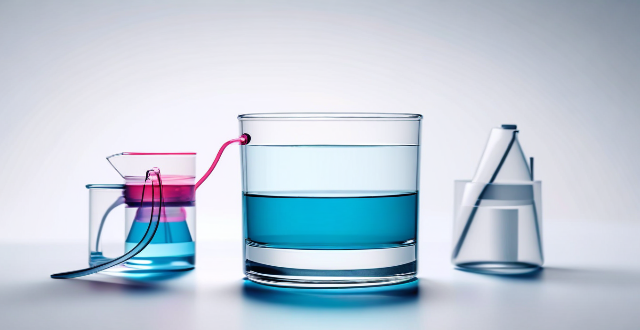Screen protectors can reduce eye strain by minimizing glare and potentially filter blue light, but they are not a comprehensive solution for eye health during prolonged screen use.

Do Screen Protectors Reduce Eye Strain or Blue Light Exposure?
Screen protectors are thin, clear films that are applied to the surface of electronic devices such as smartphones, tablets, and laptops. They are designed to protect the screen from scratches, cracks, and other types of damage. However, the question remains: do screen protectors also help reduce eye strain or blue light exposure? Let's explore this topic in detail.
Eye Strain
Definition: Eye strain, also known as eye fatigue, is a condition in which the eyes feel tired or sore after extended periods of use, often due to intense focus on screens.
Role of Screen Protectors
- Anti-glare Coating: Some screen protectors come with an anti-glare coating that can help reduce the amount of glare on the screen. This can make it easier for users to view content without having to squint or strain their eyes.
- Matte Finish: Matte finish screen protectors can further reduce glare by providing a non-reflective surface. This can be particularly beneficial in bright environments where reflections might otherwise cause eye strain.
Limitations
- No Direct Reduction in Eye Strain: While screen protectors can improve visibility and reduce glare, they do not directly reduce eye strain caused by prolonged screen use. Taking frequent breaks, adjusting screen brightness, and using proper lighting remain essential practices.
Blue Light Exposure
Definition: Blue light is part of the visible light spectrum and has shorter wavelengths than other colors. It is naturally present in sunlight and is also emitted by digital screens. Prolonged exposure to blue light, especially at night, can disrupt sleep patterns and potentially lead to long-term eye health issues.
Role of Screen Protectors
- Blue Light Filtering: Some specialized screen protectors are designed to filter out blue light, reducing the amount of blue light that reaches the user's eyes. These products are marketed as "blue light shields" or "blue light blockers."
- Effectiveness: The effectiveness of these screen protectors in blocking blue light can vary depending on the quality and technology used in their manufacturing. Look for products that have been independently tested and verified for their blue light filtering capabilities.
Alternatives and Considerations
- Software Solutions: Many devices offer built-in settings or third-party apps that can adjust the color temperature of the display to reduce blue light emissions. This is often referred to as "night mode" or "blue light filter."
- Regular Eye Care Practices: Using blue light filtering screen protectors should be combined with regular eye care practices such as taking breaks every 20 minutes (the 20-20-20 rule), using proper lighting, and avoiding screens before bedtime.
In conclusion, while screen protectors can play a role in reducing eye strain through anti-glare properties and potentially reducing blue light exposure with specialized filters, they are not a comprehensive solution for eye health. A combination of hardware solutions, software adjustments, and good eye care habits is recommended for minimizing the negative effects of prolonged screen use.